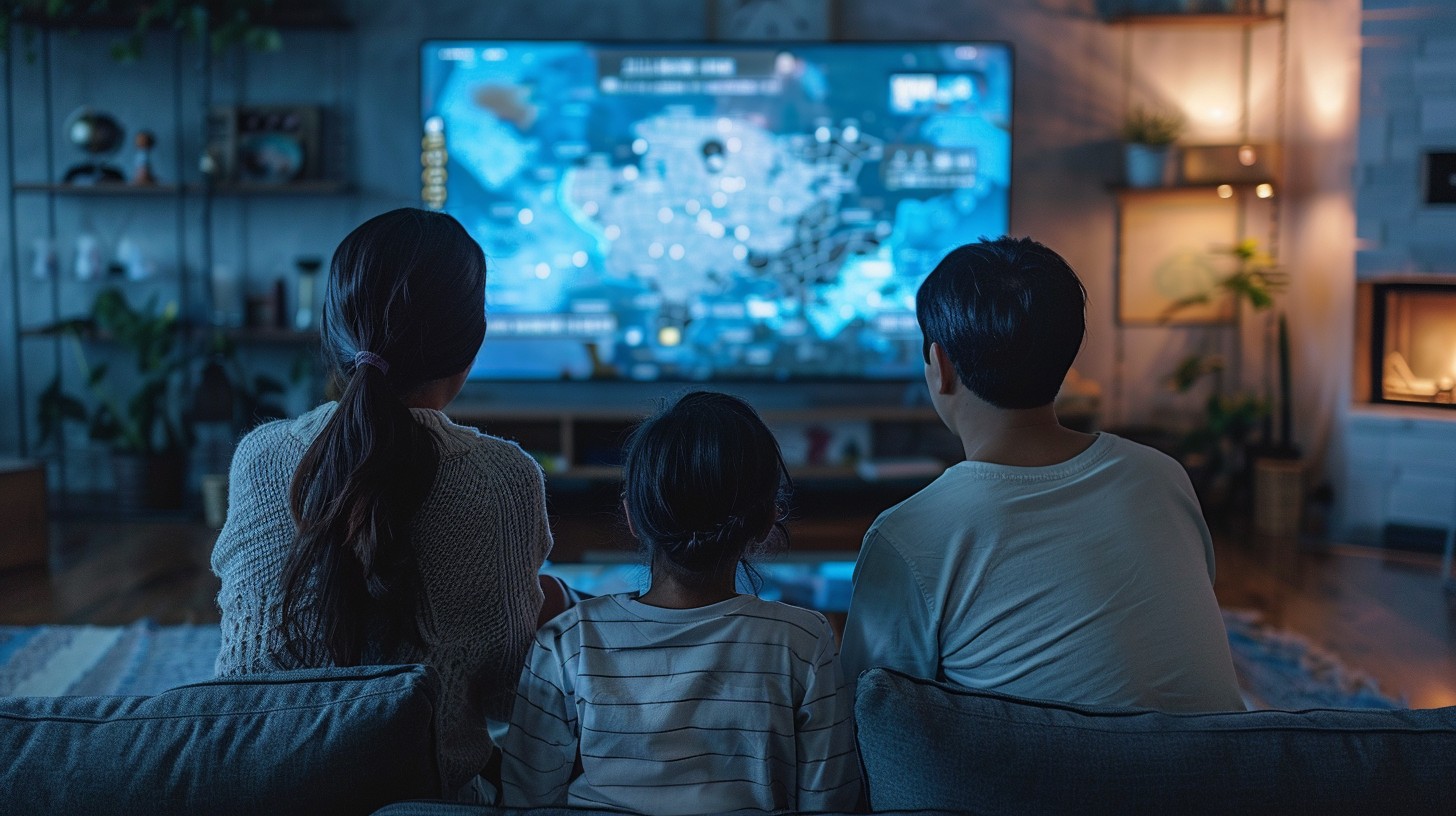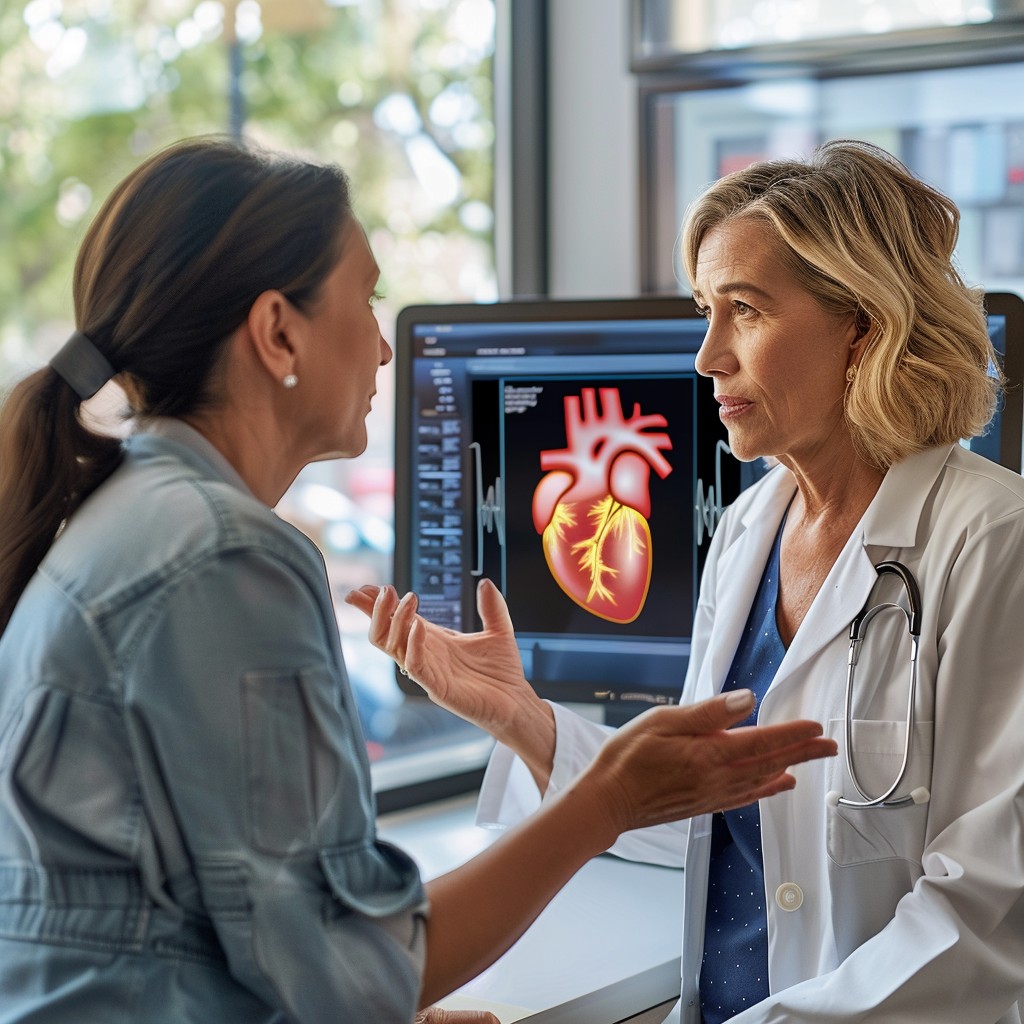Blue light is a type of light that is visible to the human eye and is part of the visible light spectrum. It has the shortest wavelength and highest energy within the range of 380 to 500 nanometres, and about one-third of all visible light is considered blue light. The biggest source of blue light is sunlight, while artificial sources of blue light include fluorescent lights, LED TVs, computer monitors, smartphones, and tablet screens.
Are There Health Benefits of Blue Light?
Blue light enhances alertness, improves memory and brain function, and uplifts mood while regulating the body’s circadian rhythm. Sunlight is crucial for children’s eye and vision development.
How Harmful is Blue Light?
Many people are concerned about the impact of blue light exposure from digital devices. Although the amount of blue light exposure from screens is small compared to the amount of exposure from the sun, prolonged screen time and having screens too close to the eyes can have harmful long-term effects. Blue light passes through the front of the eye and reaches the retina, which is responsible for converting light into images for the brain.
Exposure to blue light over time may damage retinal cells, leading to vision problems like age-related macular degeneration. It can also contribute to cataracts, eye cancer, and growths on the clear covering over the white part of the eye. Children are more at risk than adults because their eyes absorb more blue light from digital devices. Using digital devices can also cause dry eye and eye strain due to less blinking. Other common symptoms of eye strain include headaches, blurred vision, and neck and shoulder pain.
How Does Blue Light Affect Sleep?
Exposure to blue light before bedtime can disrupt the body’s natural sleep patterns by affecting the production of melatonin, a hormone that regulates sleep. This disturbance in the circadian system can contribute to the development of various health issues such as type 2 diabetes, cardiovascular disease, cancer, sleep disorders, and cognitive dysfunctions.
Effects of Blue Light on Eye Health
While the effects of long-term exposure to blue light are still being researched, some studies suggest that blue light can increase the likelihood and progression of age-related macular degeneration (AMD) in patients who have had cataract surgery in the past. Studies on animals have also indicated that blue light could potentially cause permanent damage to the retina’s photosensitive cells, which may contribute to AMD.
Moreover, excessive exposure to blue light may cause dryness and irritation in the eyes, which can worsen the symptoms of other eye conditions. If you’re exposed to blue light from electronic devices such as televisions or computer screens, you may also experience digital eye strain, which can result in headaches, watery eyes, and blurred vision.
Will Blue Light Glasses Help with Eye Strain?
There are many studies on blue light glasses, but no consensus has been reached yet. However, these glasses can help protect your eyes from eye strain caused by overexposure to blue light. If you spend a lot of time using digital devices and notice digital eye strain, wearing blue light glasses may be helpful.
Are Blue Light Glasses Worth It?
Wearing blue light glasses during the day can improve sleep quality, making it easier to fall asleep, stay asleep, and feel more rested. Glasses with generic lenses that filter blue light can reduce the negative effects of blue light exposure by 10% to 23% without affecting the quality of the light. For extended use of digital devices, computer glasses with yellow-tinted lenses may increase comfort and reduce eye strain.
How Can I Reduce the Negative Effects of Blue Light?
Here are some tips to reduce digital eye strain caused by using devices such as smartphones, tablets, and computers:
- Install blue-light filters on your devices. These filters can prevent a significant amount of blue light from reaching your eyes, without affecting the visibility of the display.
- Follow the 20-20-20 rule. Every 20 minutes, take a 20-second break and look at something 20 feet away. This can help reduce eye strain caused by constant screen use.
- Control the lighting and glare on your device screen. Make sure you have a good working distance and posture for screen viewing. If you have any vision problems, even minor ones, make sure they are properly corrected.
- Talk to your eye doctor about blue light protection and digital device use during your next eye examination. They can provide you with additional guidance and advice on how to protect your eyes while using electronic devices.
What Sources of Blue Light Are There?
Blue light is a form of light that is present all around us. The primary source of blue light is the sun, and we receive most of our exposure to it when we are outdoors during the daytime. However, there are many other sources of blue light including LED lights and flat-panel screens. The screens of digital devices such as computers, tablets, and smartphones also emit blue light, which is also known as High Energy Visible (HEV) blue light.
Although the amount of HEV blue light emitted by these devices is only a fraction of that emitted by the sun, the prolonged use of these devices, coupled with their proximity to the user’s face, can have an outsized impact on the user’s health. It’s important to note that the amount of blue light emitted by digital devices can vary depending on the manufacturer, device, and brightness setting. Additionally, even indoors, most of the blue light we encounter comes from the sun.










